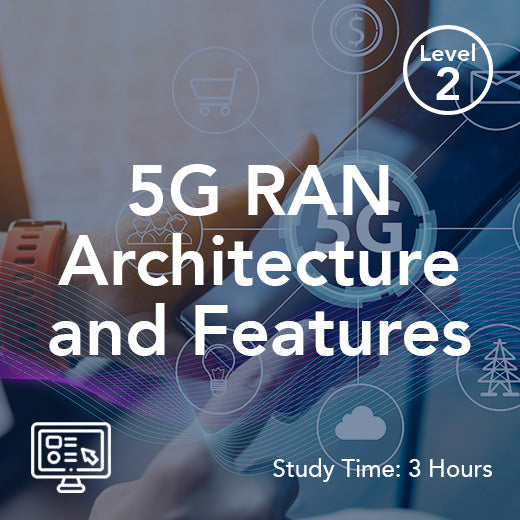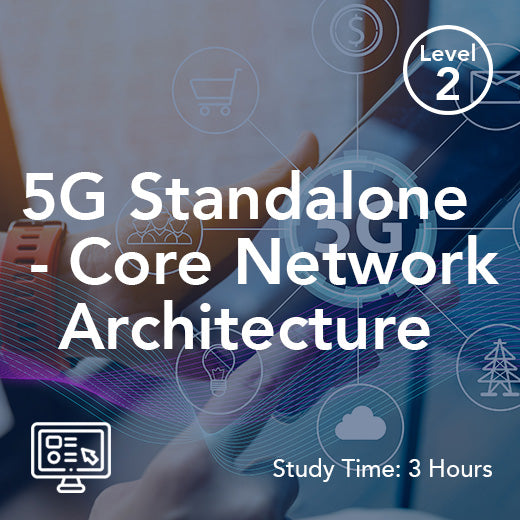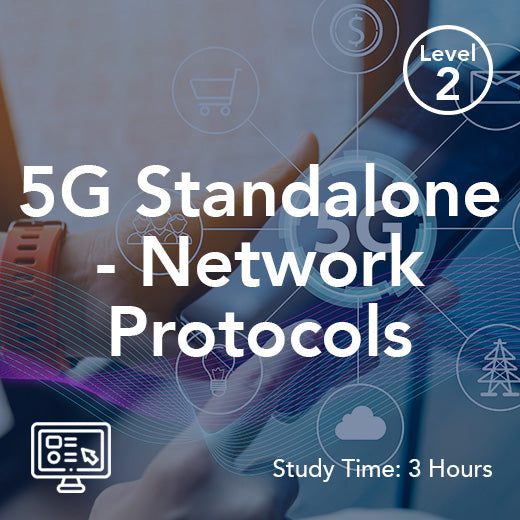Explain Multicast And Broadcast Services
- , by Stephanie Burrell
- 3 min reading time
Multicast and broadcast services are two essential components in the telecommunications industry. Unicast is a one-to-one communication method, where data is sent from one device to another using a unique IP address. Multicast services involve transmitting data from one source to multiple recipients simultaneously using a multicast address and dedicated IP addresses. This enables efficient one to many streaming, delivering the same information to multiple recipients. On the other hand, broadcast services involve transmitting data from one source to all the devices on the network using a broadcast IP address. This method is commonly used for distributing information like TV broadcasts or radio transmissions. Both multicast and broadcast services play crucial roles in ensuring the same information is delivered efficiently and effectively to their intended recipients within the telecommunications industry.
-
Share on:
-
-
-
-
-
-
Introduction to Multicast
Multicast is a powerful method for transmitting data to multiple devices across computer networks, enabling efficient communication and minimizing unnecessary network traffic. Unlike unicast, which sends data packets to a single recipient, multicast routing allows a single data stream to reach multiple recipients simultaneously. This is achieved by forming multicast groups—collections of devices that have expressed interest in receiving the same data.
Multicast routers play a crucial role in forwarding multicast data streams only to those devices that are members of a specific multicast group, rather than flooding the entire network. The Internet Group Management Protocol (IGMP) is used for group management, allowing devices to join or leave multicast groups dynamically and ensuring that multicast data is delivered only to interested recipients.
Multicast transmission is essential in scenarios where one-to-many communication is required, such as live streaming events, video conferencing, and real-time data distribution. By sending the same data to multiple recipients simultaneously, multicast helps reduce network congestion and optimizes the use of network resources, making it a cornerstone of modern group communication in networks.
Broadcast Fundamentals
Broadcast communication is a method of transmitting data packets to all devices within a network segment, regardless of whether each device needs the information. In broadcast transmission, data is sent using a broadcast address, which is recognized by all devices on the network. This approach is commonly used for applications that require one-to-all communication, such as television and radio programming, where the same message must reach every device.
While broadcast communication is straightforward and ensures that all devices receive the transmitted data, it can be inefficient. Sending data to every device can lead to network congestion, especially in large networks, and may waste valuable network resources if only a subset of devices actually needs the information. Despite these challenges, broadcast transmission remains widely used in content distribution networks and for live streaming events, where reaching the entire network is necessary. However, as networks grow and the demand for efficient data transmission increases, alternatives like multicast are often preferred for targeted delivery.
Group Communication
Group communication enables multiple devices to exchange information efficiently by using a shared multicast group address. Devices can join or leave multicast groups dynamically through protocols like IGMP, or be assigned to groups statically with pre-configured multicast addresses. This flexibility allows for the creation of multicast groups tailored to specific applications and user needs.
Group communication is vital in many modern applications, including online gaming, video conferencing, and live streaming events, where the same data stream must be delivered to multiple users at once. Multicast routing protocols, such as Protocol Independent Multicast (PIM), are used to construct distribution trees that forward multicast data streams to the correct recipients, ensuring that only members of the multicast group receive the data.
Managing group communication in large-scale networks can be challenging, as issues like network congestion and packet loss may arise when many devices participate in the same multicast group. Nevertheless, multicast group communication remains a scalable and efficient solution for delivering data to multiple recipients simultaneously, supporting the growing demand for real-time, one-to-many communication in today’s interconnected world.


































